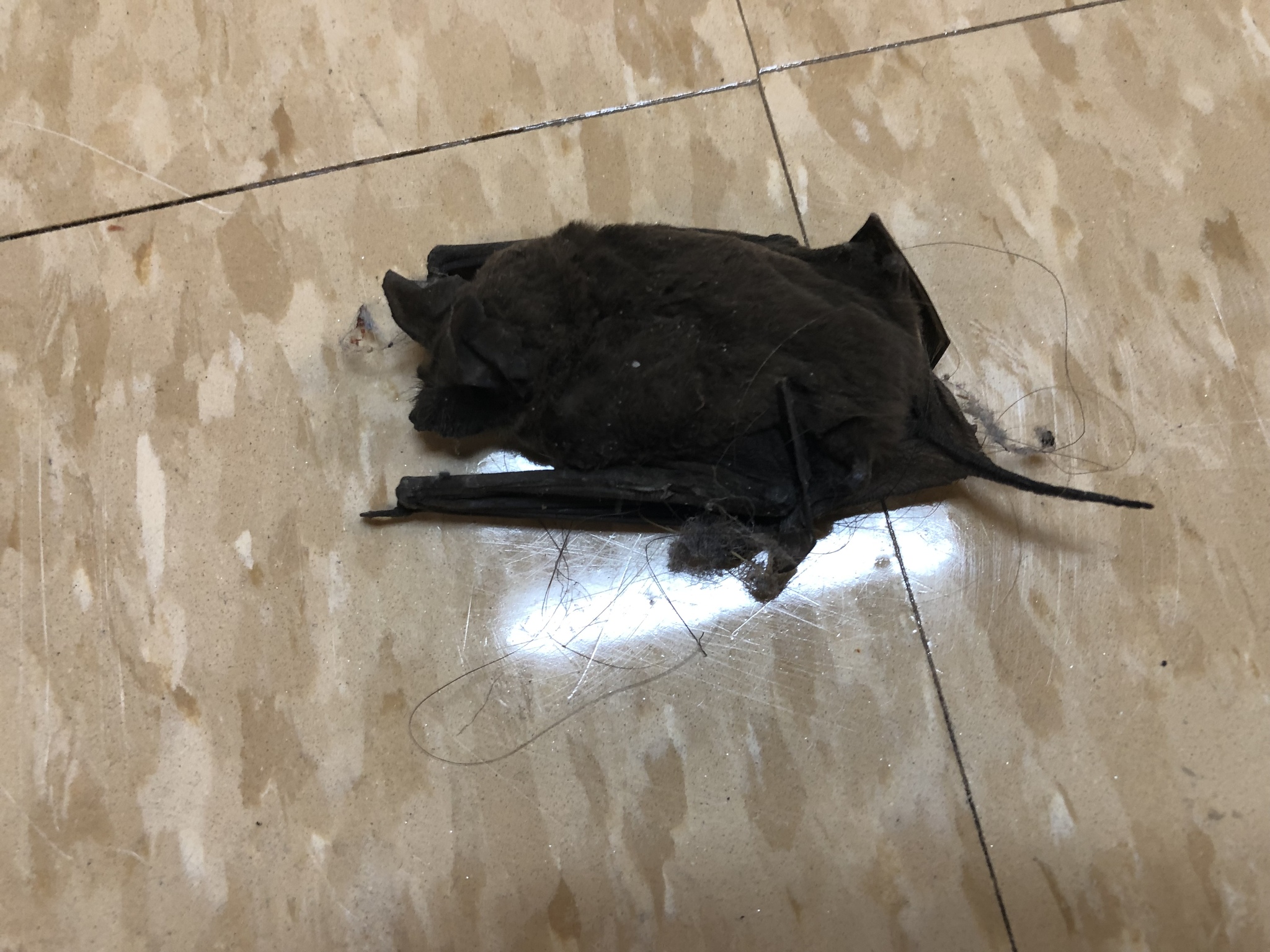|
| Distribution |
In NC, it was poorly known into the early 1980s (Lee et al., 1982), known then only from the southern Coastal Plain. However, it currently (early 2025) occurs over much of the Piedmont and Coastal Plain now. It has recently been recorded in the mountains, where known from at least four counties. However, there are still apparently just five county records from the central and northern Coastal Plain (Pitt and Beaufort to Bertie and Chowan), suggesting that the northward spread of the species has been more to the west, in the Piedmont and western Coastal Plain. However, there are many fewer people in the Coastal Plain to take photos of the species (such as for the iNaturalist website) than in the Piedmont.
Occurs over much of the southern half of the US, and far into Mexico. The range in the Southeast has been greatly expanding northward in the past few decades. |
| Abundance |
Increasing fairly rapidly in NC. Currently, fairly common to even locally common in the southern Coastal Plain, and uncommon to locally fairly common elsewhere in the western Coastal Plain and parts of the Piedmont. Very rare but presumably will increase in the mountains, at least at lower elevations and/or in the southern counties. Why the species has presumably not greatly spread northeastern into most of the Coastal Plain is not clear, but as suggested above, it may be a measure of observation level as compared with the Piedmont. Though the range map might not quite suggest a State Rank of S4, as given by the N.C. Natural Heritage Program, the species is clearly increasing, and a number of the state records are of a few dozen individuals, roosting in buildings. |
| Seasonal Occurrence |
Generally inactive in winter, though not known if it regularly migrates out of NC at that season. Primarily seen during the spring to fall period in NC, though there area few winter records over the state. |
| Habitat |
The species roosts essentially only in buildings in NC, mainly in large ones that can support sizable colonies. Foraging habitat typically includes lakes, ponds, and other bodies of open water. |
| Behavior |
They depart at night and forage mainly over and near bodies of water, higher up than most other bats. They roost in fairly sizable colonies in buildings. |
| Comments |
Though some references state that the species is declining over much of its range, such as in TX, it is clearly increasing and spreading northward in the Southeast. Nonetheless, this is certainly the most abundant bat in North America, and some colonies number over 10 million. As this species frequently roosts in buildings, it (along with the Big Brown Bat) is often considered as a pest and removed by exterminators or other people. As a result, we feel that the species is grossly under-reported to the website, and it likely has been found in most Coastal Plain and Piedmont counties by now, particular in the southern halves of these provinces. |
| Origin |
Native |
| NC List |
Official |
 State Rank State Rank |
S4 |
| State Status |
|
 Global Rank Global Rank |
G5 |
| Federal Status |
|
| subspecies |
Tadarida brasiliensis cynocephala |
| other_comName |
Brazilian Free-tailed Bat |
| synonym |
|



